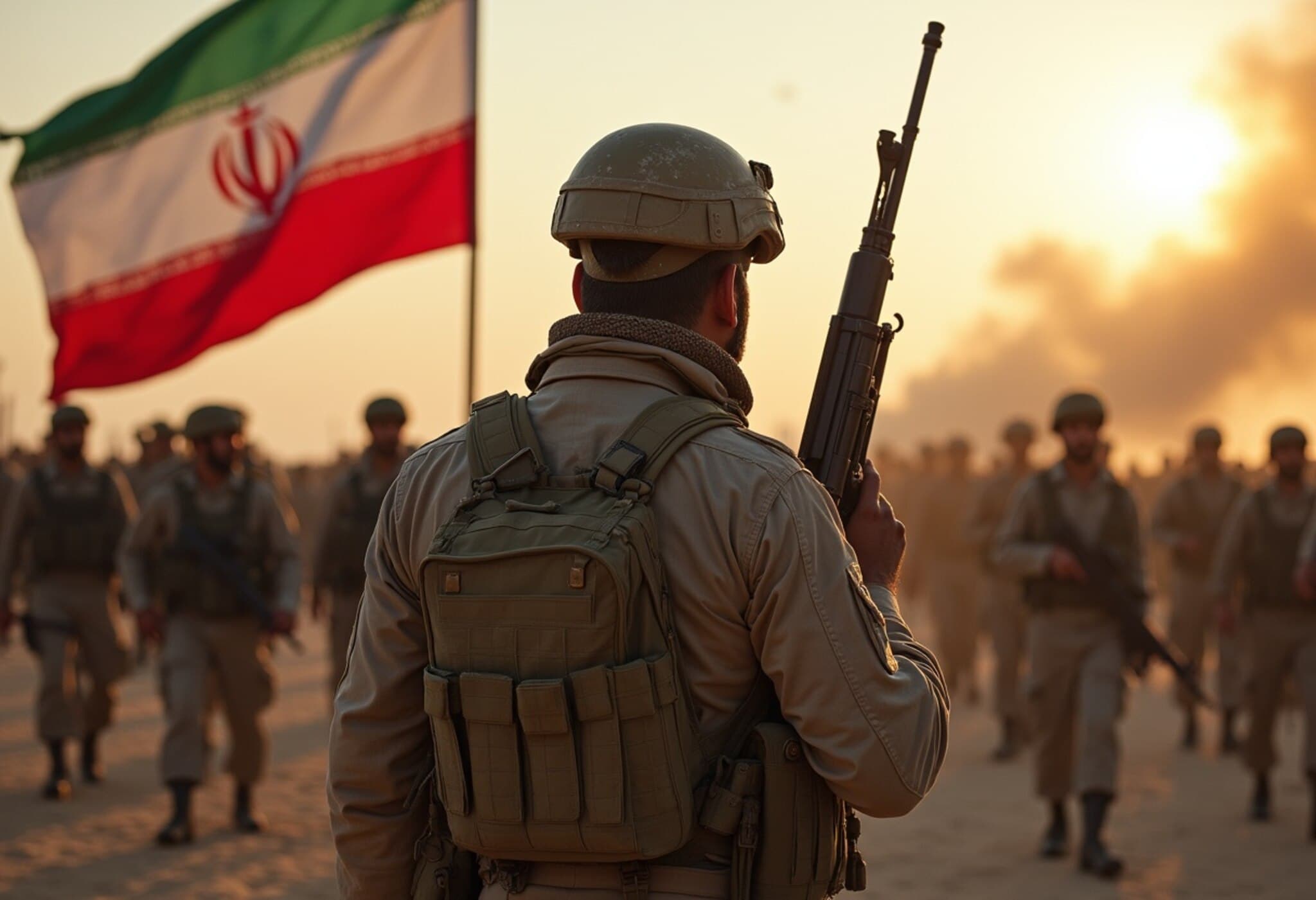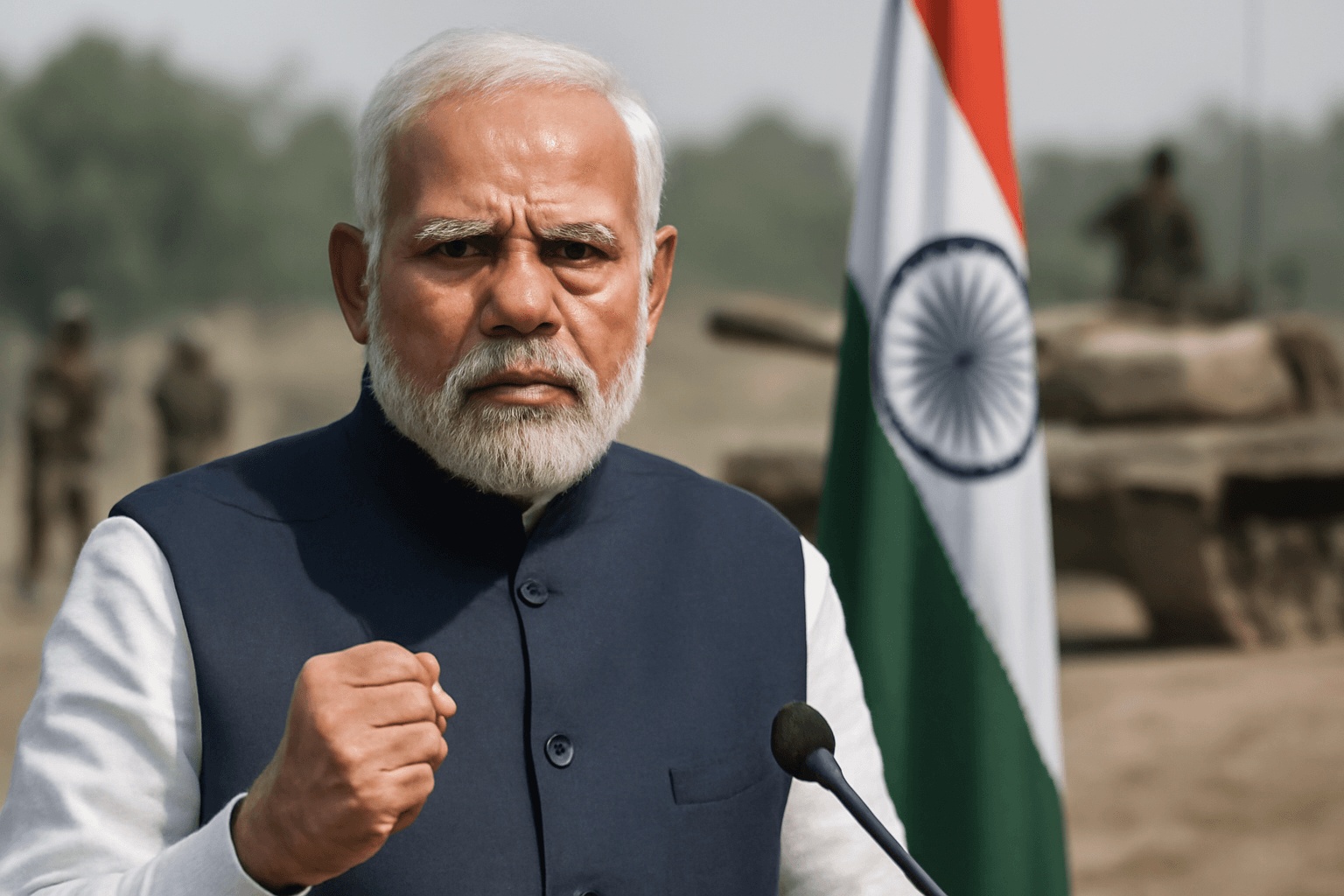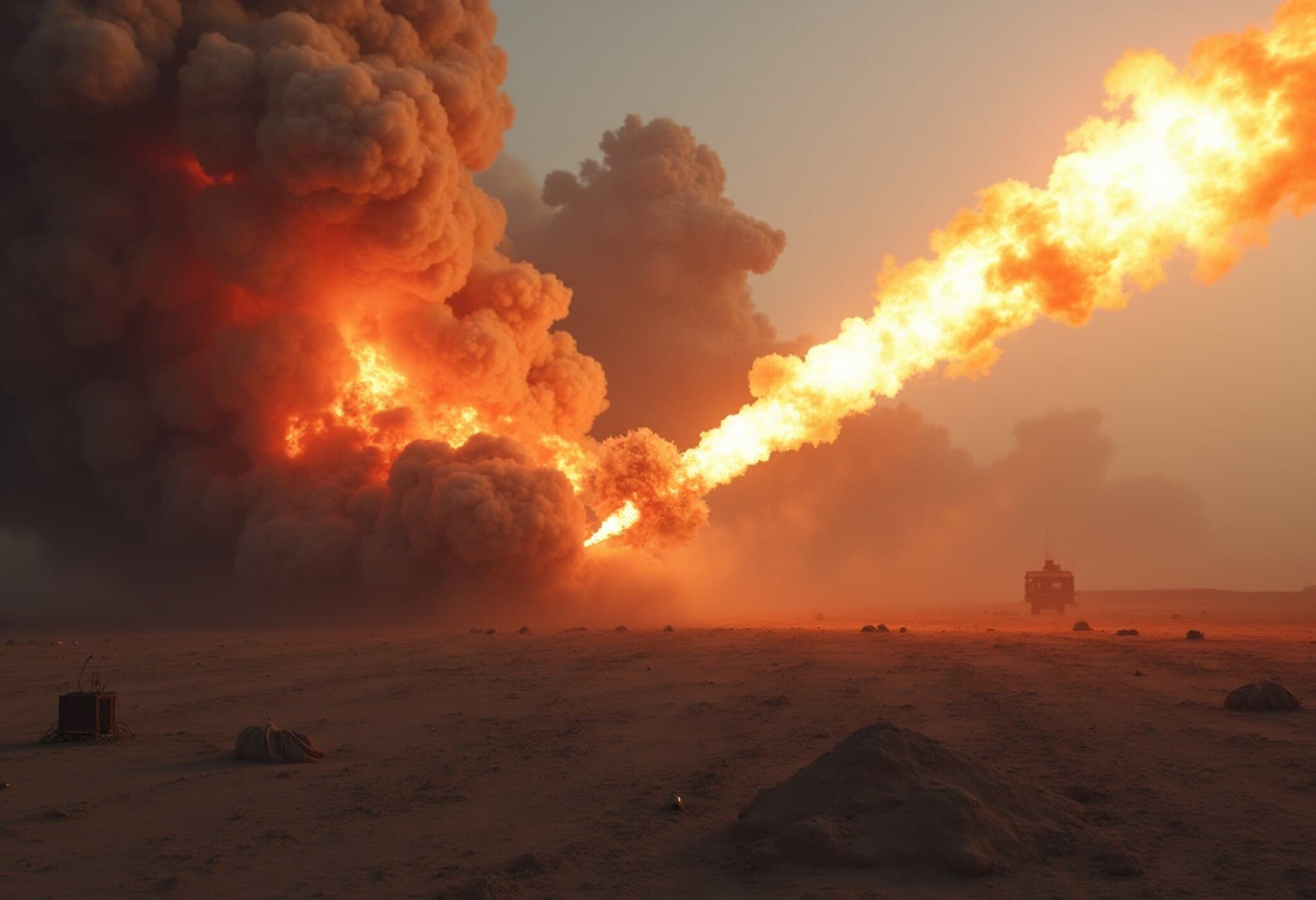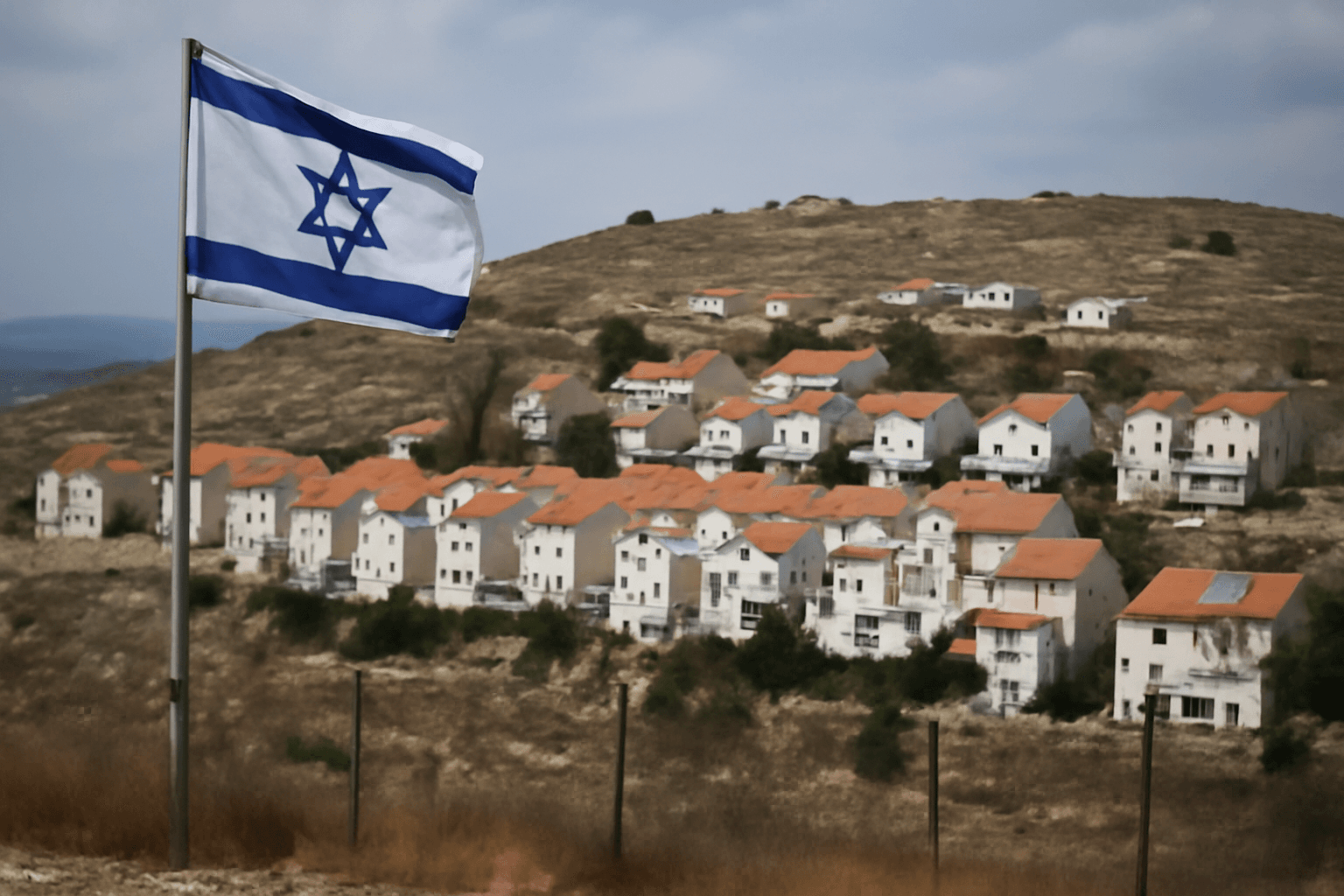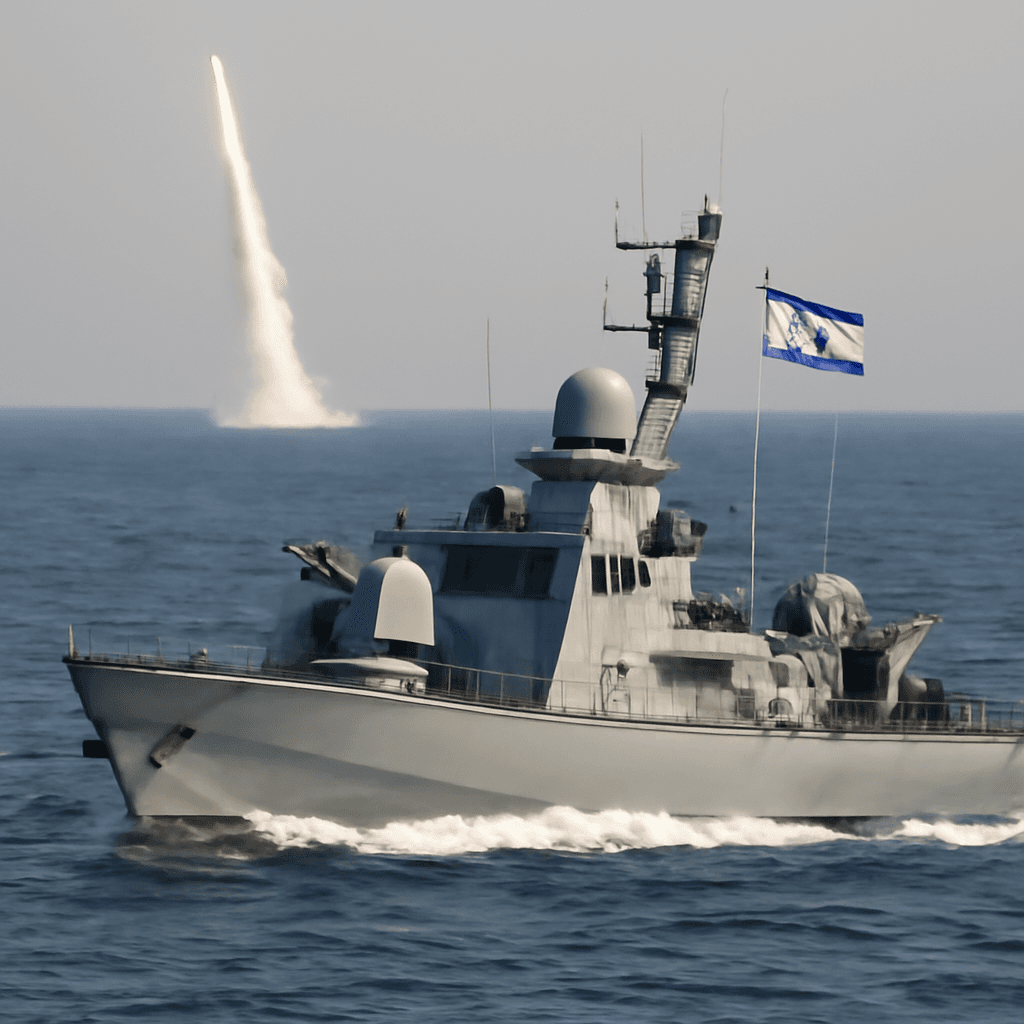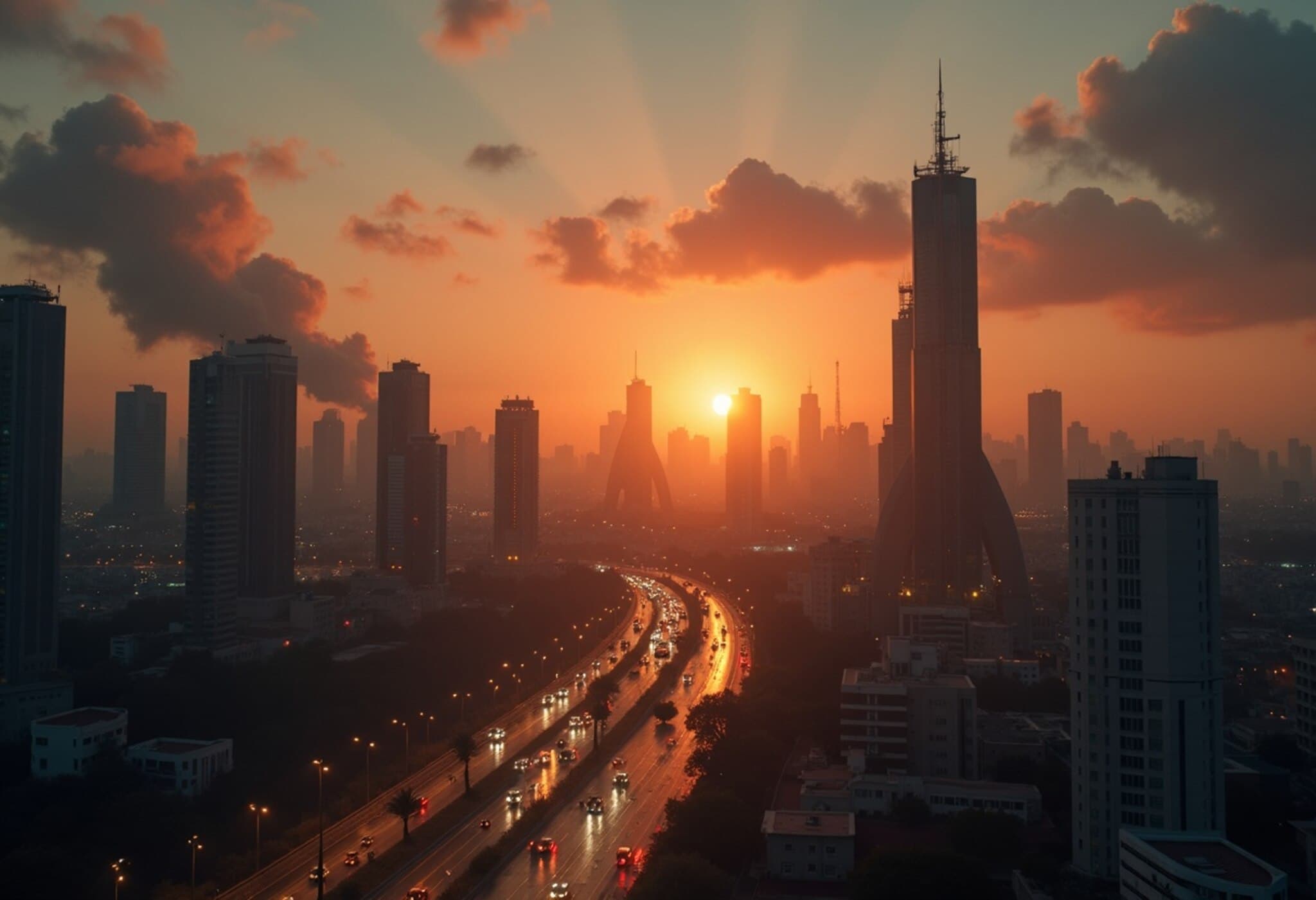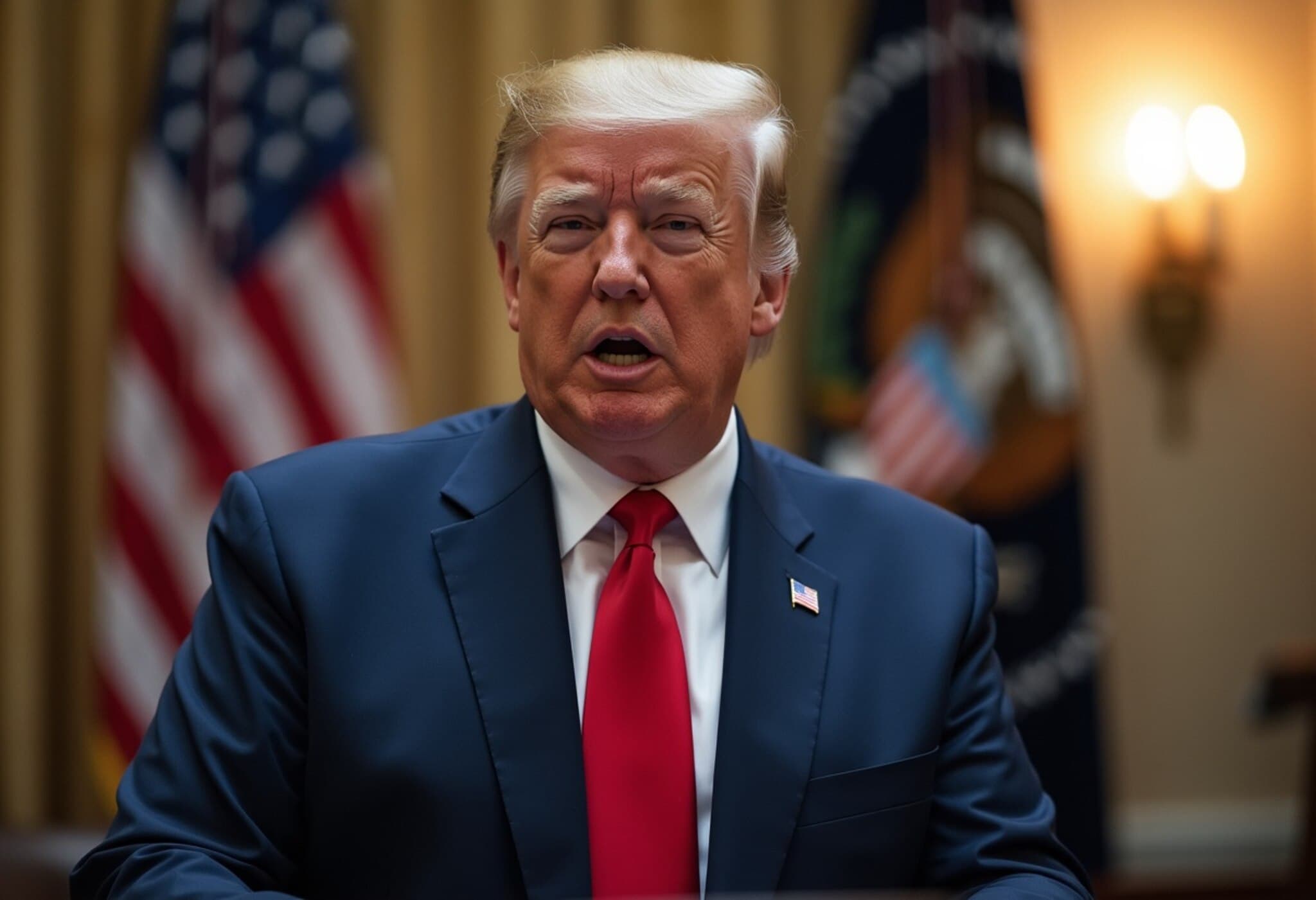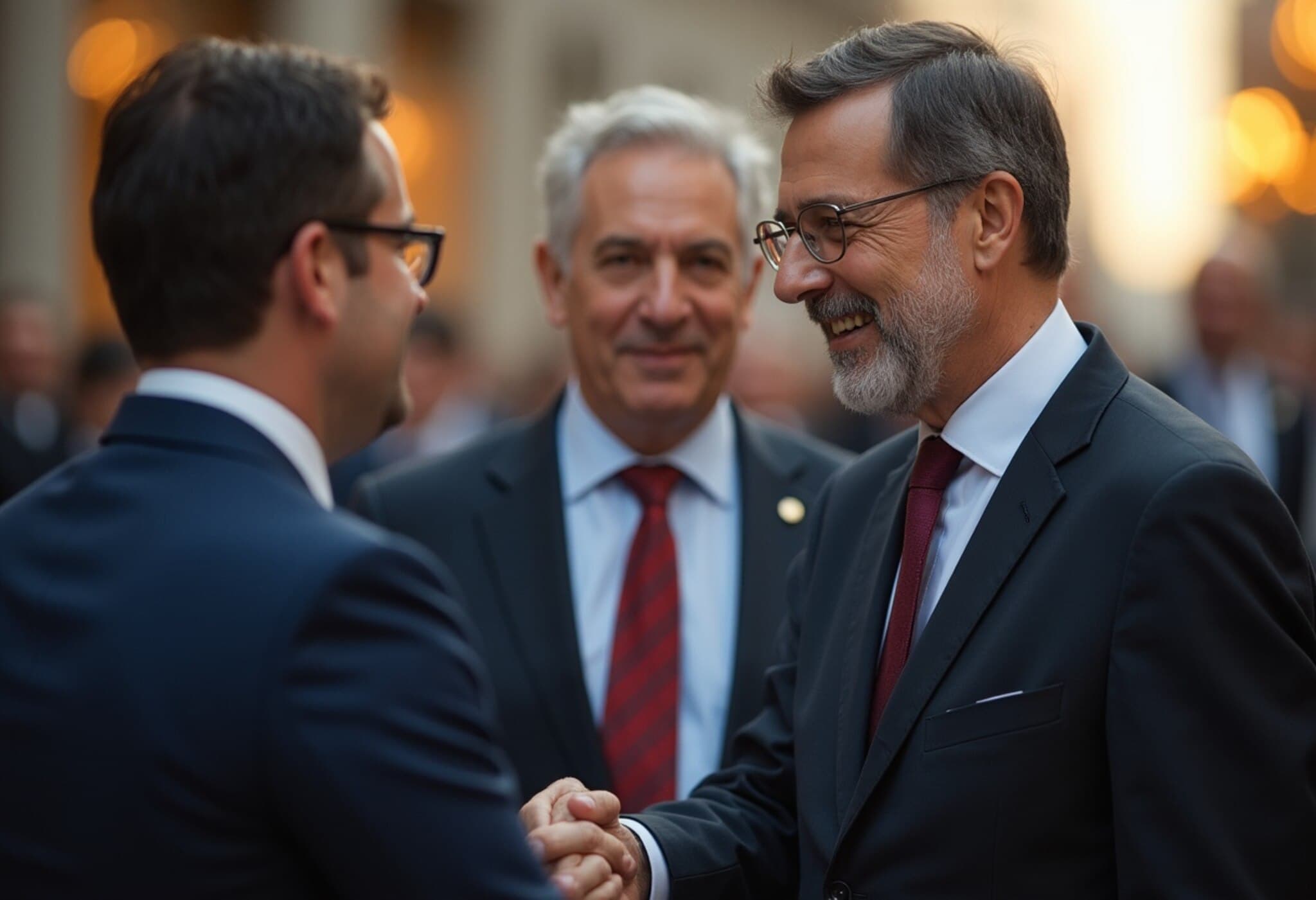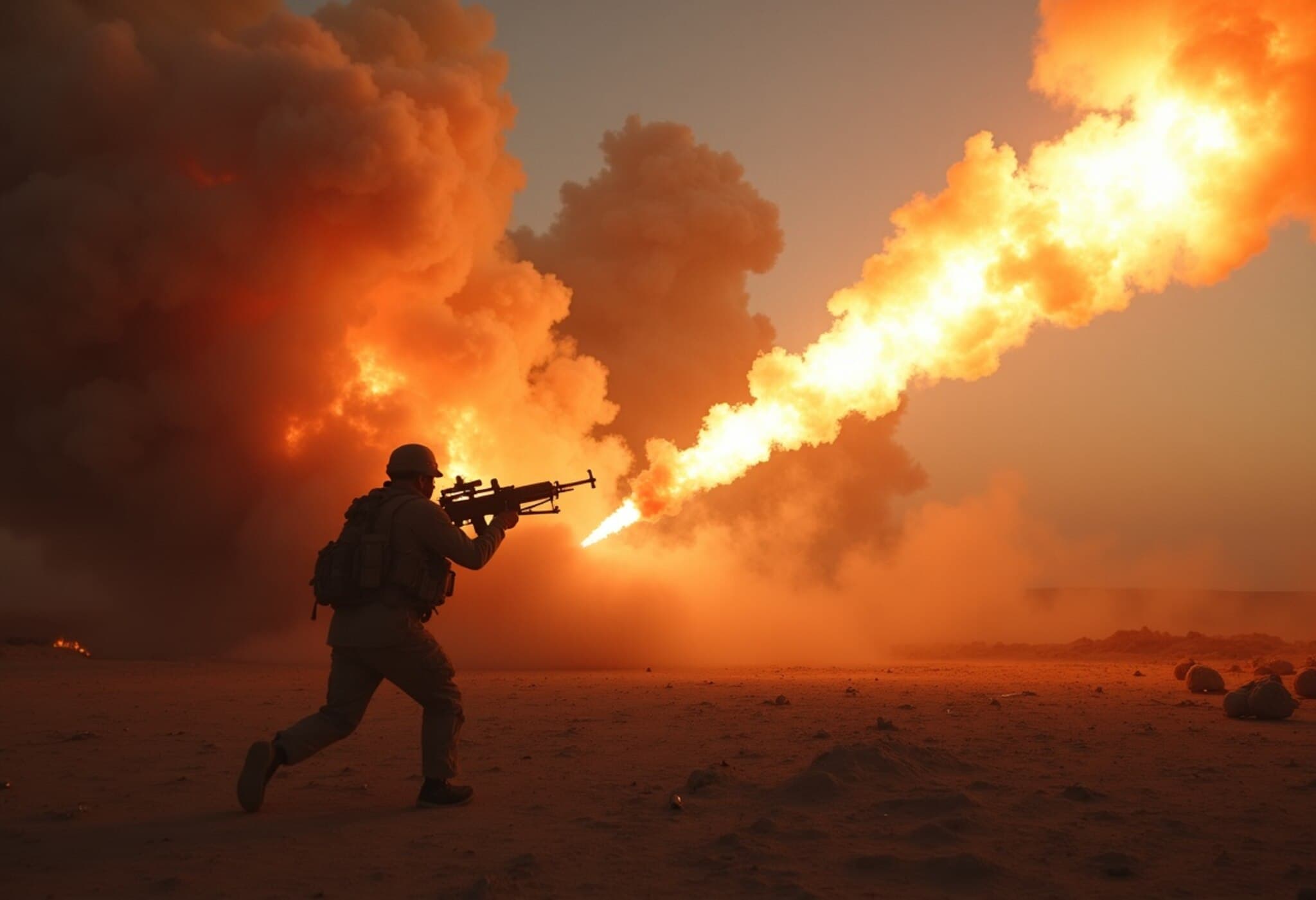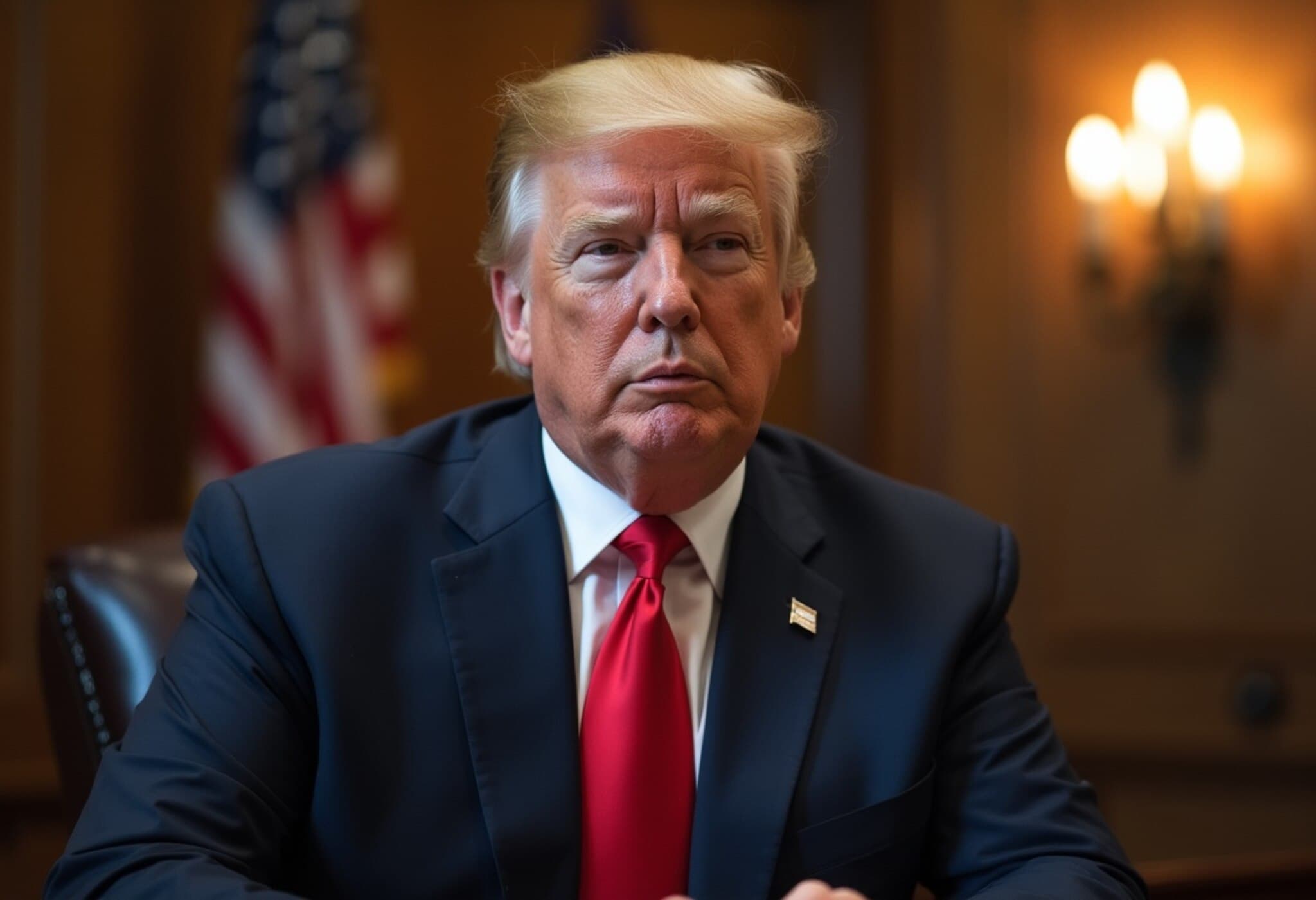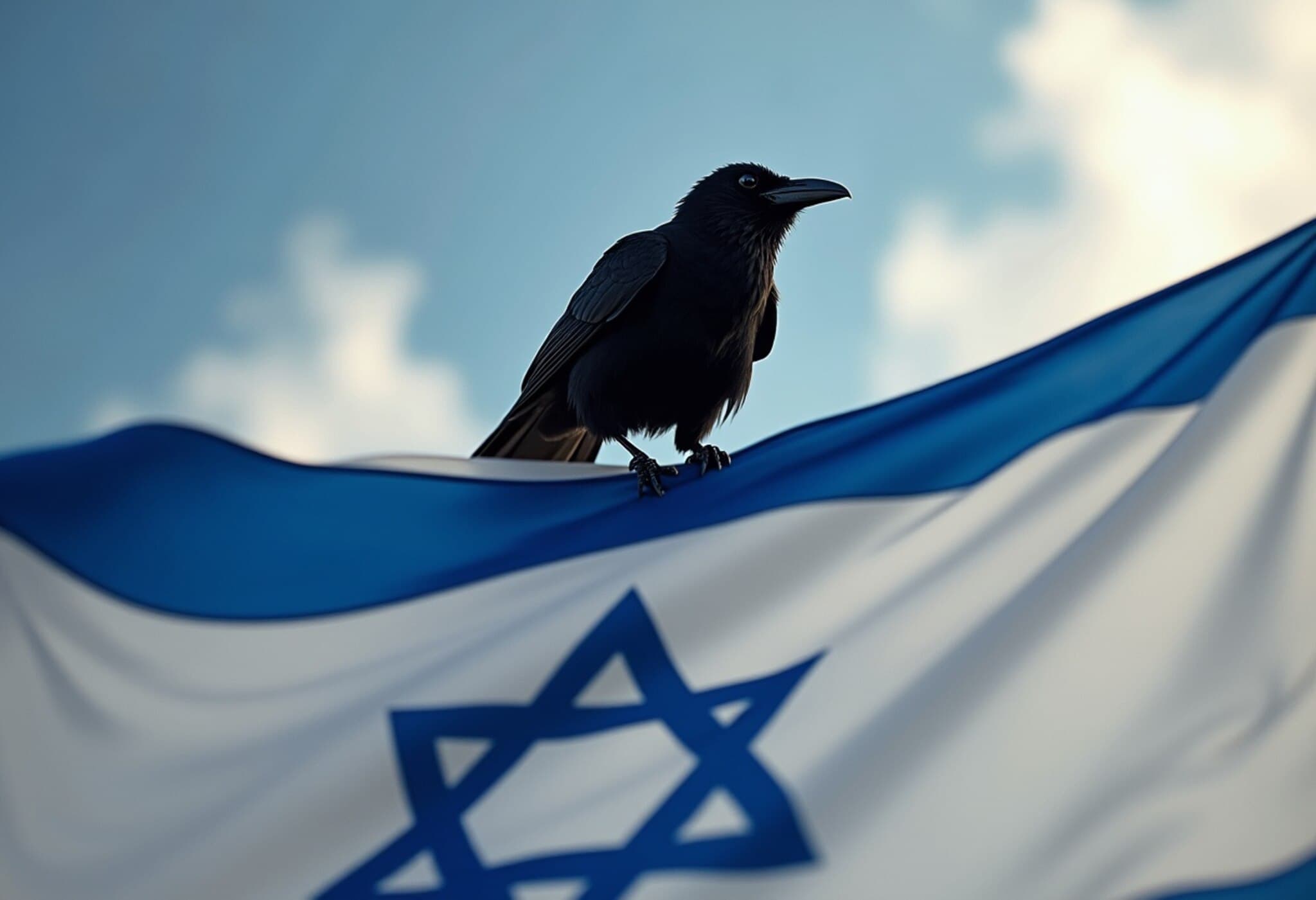Understanding Iran's Strategic Alliances Amid Rising Tensions
As geopolitical tensions intensify with the possibility of conflict involving Iran, the United States, and Israel, questions arise about Tehran's network of allies and how they might influence the course of any escalation. Iran’s influential web of paramilitary groups and regional partnerships has historically served as a deterrent to direct military confrontations, but recent developments have put this axis under strain.
Iran's Regional Proxy Network: A Pillar of Influence
For decades, Iran has relied on a collection of allied paramilitary groups spread across the Middle East to assert its power indirectly. This so-called "axis of resistance" includes prominent organizations such as Hezbollah in Lebanon, the Popular Mobilisation Forces (PMF) in Iraq, the Houthi movement in Yemen, and Hamas in Gaza. These groups act as both a strategic buffer and a means for Iran to project influence without engaging in open warfare.
However, the group's strength has faced blows recently. Hezbollah's operational capabilities have been diminished through targeted actions, including the assassination of key leaders, weakening its strategic position. In Syria, the fall of the Assad regime led to a significant reduction of Iranian-backed militias, eroding Tehran's foothold in this crucial arena.
Resilience in Iraq and Yemen
Despite setbacks elsewhere, Iran continues to exercise considerable sway in Iraq through the PMF, a coalition that includes powerful militias still loyal to Tehran. Similarly, the Houthis in Yemen remain a potent force allied with Iran. If a broader conflict erupts, these groups could intensify attacks against US interests, potentially turning the region into a larger battlefield.
For instance, leaders within the PMF have warned that any US intervention would trigger direct strikes against American military bases across the region. Iran itself retains the capacity to launch ballistic missile attacks on US forces and potentially obstruct the crucial Strait of Hormuz, a vital artery for nearly 20% of the world's oil supply.
Regional and Global Backers: Who Could Rally Behind Iran?
Beyond its proxy network, Iran’s strategic alliances extend to certain regional and global players, offering some measure of diplomatic and rhetorical support.
Pakistan’s Role
Pakistan stands out as a significant regional player with a nuclear arsenal and religious ties to Iran, especially since both countries share Shia and Sunni populations that influence their geopolitical calculations. Iranian leadership has signaled closer cooperation with Pakistan amid the escalating situation. Correspondingly, Pakistan's political and military leadership has expressed solidarity with Iran, condemning Israel’s actions and warning against possible intervention.
Yet, Pakistan treads carefully, advocating for diplomatic solutions and urging key partners, including China, to facilitate de-escalation to prevent a wider regional conflict.
Shifting Regional Dynamics
Recent years have seen Iran attempt to improve relations with former rivals such as Saudi Arabia and Egypt. These overtures have led to a broad array of Muslim-majority countries voicing concern over escalating violence and calling for restraint, including nations that maintain formal ties with Israel.
Still, it remains unlikely that countries like Saudi Arabia, Egypt, the United Arab Emirates, or Turkey will provide material support to Iran given their own close ties with the United States.
Global Powers' Stance
Major global actors such as Russia and China have publicly criticized Israel's strikes and opposed harsh Western rhetoric toward Iran. However, both seem reluctant to deepen their involvement militarily or engage in direct confrontation over Iran, especially as Russia remains focused on its conflict in Ukraine and China approaches Middle Eastern conflicts with caution.
That said, this posture could shift if the conflict broadens significantly, particularly if the US pursues aggressive measures aimed at regime change in Tehran, threatening regional stability and complicated economic interests tied to Iranian stability.
Conclusion: A Complex Web of Alliances and Risks
Iran's capacity to withstand or respond to a military conflict is rooted not just in its own resources, but in its relationships with proxy militias and allied nations. While some of its proxies have been weakened, influence in Iraq and Yemen remains strong, with potential to expand hostilities rapidly. Pakistan, alongside other regional countries, navigates a delicate balance between solidarity and caution. Meanwhile, global powers offer limited support, carefully calculating risks amid broader strategic concerns.
In the volatile environment of Middle Eastern geopolitics, any escalation could ripple far beyond Iran's borders, pulling numerous players into a complex and unpredictable conflict.

